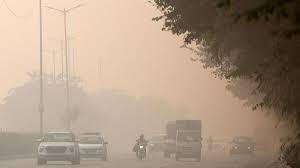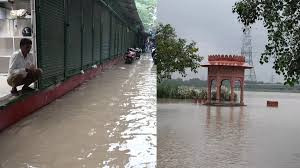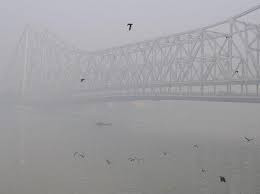“SDRF Orchestrates High‑Risk Night Rescue, Saves 40 Kedarnath Pilgrims Trapped in Sonprayag Landslide”
IIE DIGITAL DESK : The relentless monsoon rainfall in Uttarakhand, a sudden landslide late on Wednesday night near Sonprayag obstructed the mountain route used by pilgrims returning from Kedarnath Dham. Around 40 devotees found themselves stranded as massive debris blocked the path around 10 p.m., halting all travel in the vicinity .
The State Disaster Response Force (SDRF) sprang into action, confronting unstable terrain and broken earth. Operating under the cover of darkness and amid the ongoing downpour, teams meticulously navigated through rubble—rock, mud, and thorny undergrowth—to reach the trapped pilgrims. Over several intense hours, the SDRF successfully evacuated every individual, a feat of precision and courage in high-risk conditions.
This landslide is part of a broader spate of weather-induced disruptions. Earlier this week, similar incidents blocked the Badrinath National Highway near Umtta and damaged stretches of the Yamunotri Highway between Silai Band and Ojri .Reports indicate ongoing electricity failures in villages across Agrakhaal, Chamba, Jakhindhar, and Dughamandar, while multiple water lines have also been disrupted .
Beyond the SDRF’s efforts, the National Disaster Response Force (NDRF), local police, and forest officials have rallied together. Their combined endeavors include clearing blocked roads, constructing temporary trails, and rerouting travelers alongside providing transport and emergency assistance. These measures aim to maintain safe passage for pilgrims and local residents alike.
The India Meteorological Department (IMD) warns that heavy rainfall and thunderstorms—often accompanied by lightning—will likely persist in the region, especially in Rudraprayag, Dehradun, and Nainital ([turn0search11]). With water levels rising and terrain unstable, authorities are accelerating monitoring efforts, early alert systems, and emergency preparedness.
Sonprayag is a critical junction on the Kedarnath pilgrimage route. Any disruption here can ripple across the entire Yatra corridor. The successful nighttime rescue demonstrates not only operational competence but also timely intervention, preventing potential casualties or a full-scale crisis .
Monsoon season in Uttarakhand is annually accompanied by similar crises. In 2023, for example, a landslide near Tarsali (Phata–Sonprayag) led to five pilgrim fatalities, even as rescue forces struggled amid heavy rain . The recurring challenge highlights the vulnerability of Himalayan highways and pilgrimage routes to extreme weather. It underscores the critical importance of proactive planning and infrastructure resilience.
With the IMD forecasting continued adverse weather, authorities are ramping up efforts to preempt and manage emergencies. Engineers and road crews are reinforcing landslide-prone zones, setting up early-warning sensors, and installing temporary bridges and bypasses. The local administration has urged pilgrims and travelers to avoid unnecessary journeys, adhere to advisories, and stay informed through official channels.
The rescue of 40 pilgrims under perilous night-time conditions is a testament to the SDRF and allied agencies’ professionalism. Their swift maneuvers and relentless courage turned a potentially tragic situation into a safe evacuation. Yet, with monsoon waters still raging, Uttarakhand remains on high alert. The success of this operation is both a relief and a warning—it reminds all stakeholders that in the Himalayas, vigilance is not optional, it’s essential.
You might also like!
















